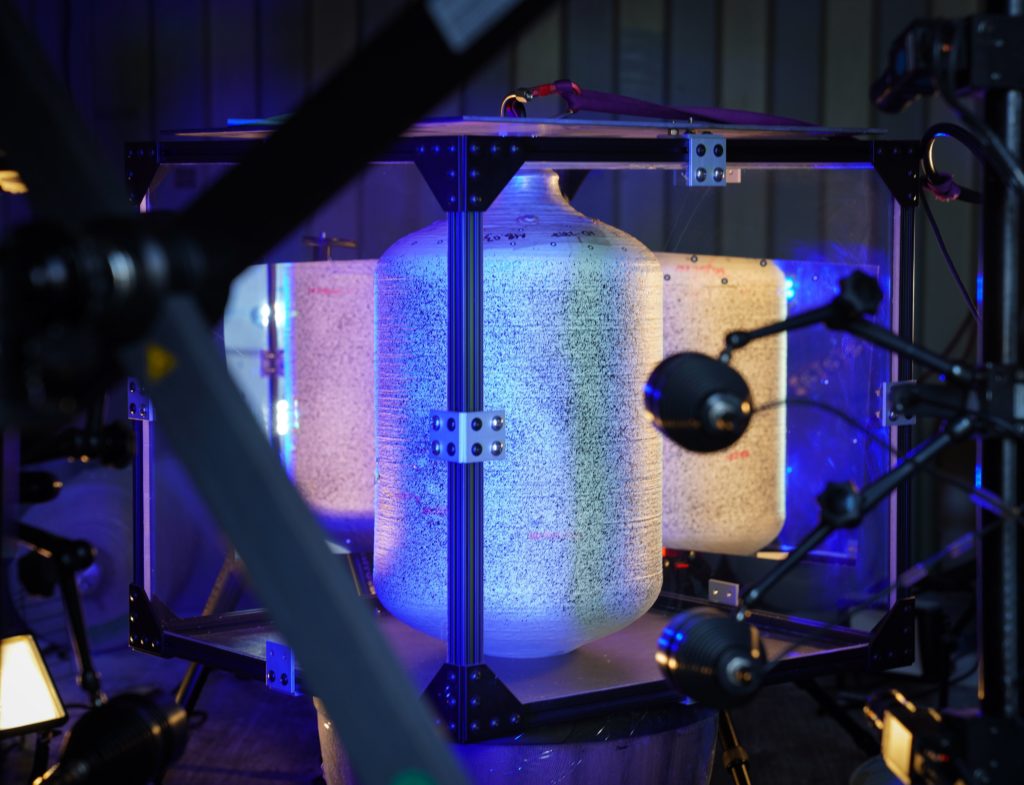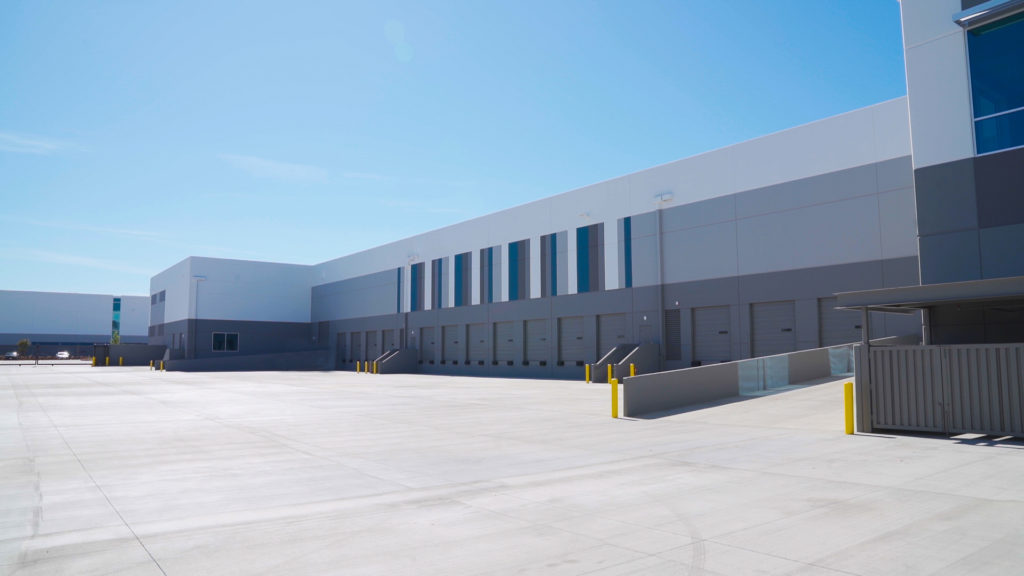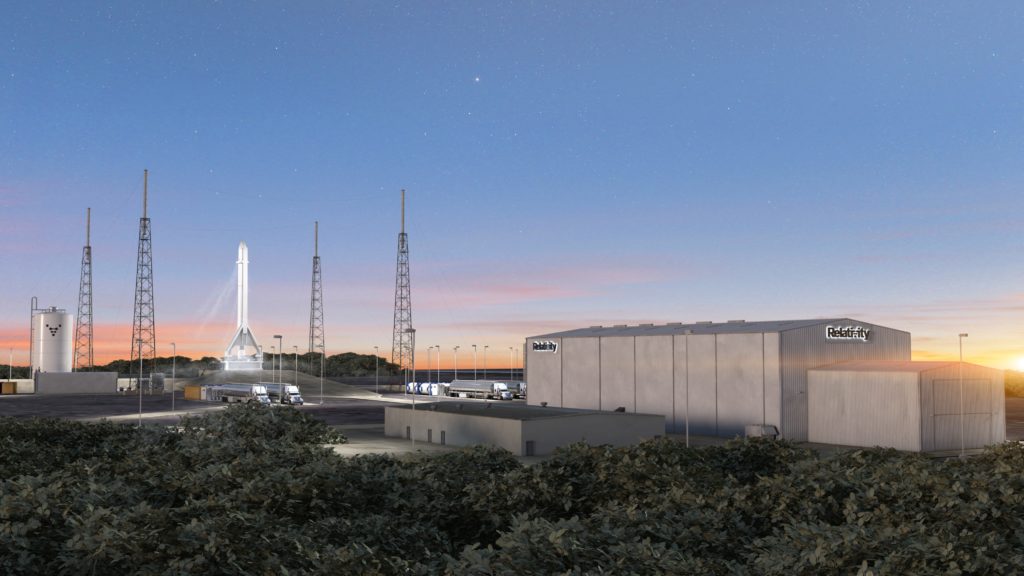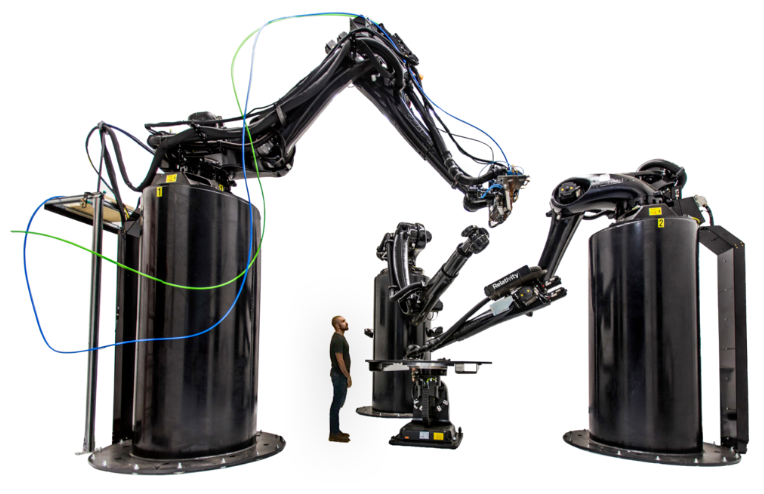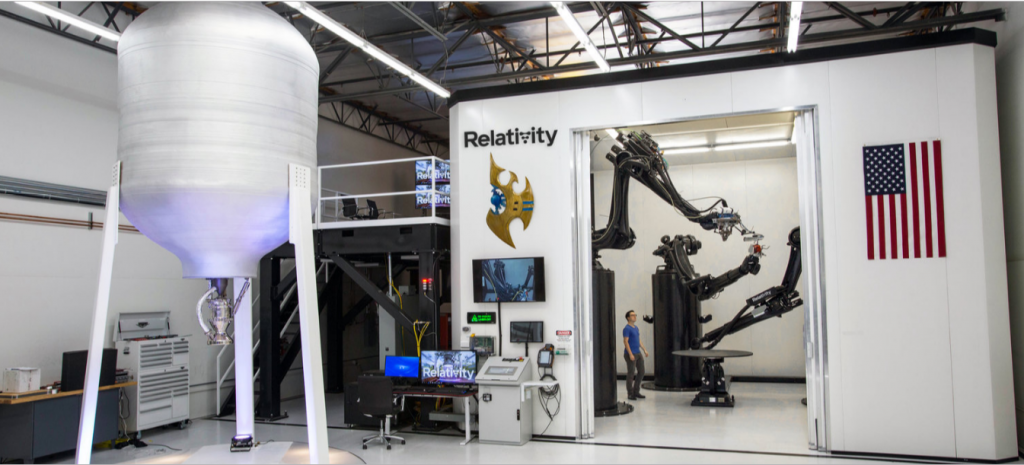 Commercial space companies are looking to get their technology to orbit. This decade could mark a big shift in the race for space domination, with a few big names taking over Low Earth Orbit (LEO) and beyond. Moreover, as NASA begins to transition the domain of LEO to the commercial space industry, these enterprises are preparing to make up the backbone of their engines, rockets, and space crew vehicles to travel beyond Earth. On that path, is Relativity Space, a Los Angeles based startup that is quickly expanding its commercial orbital launch services. Just today, CEO and co-founder, Tim Ellis, announced that it has secured new headquarters in Long Beach, California.
Commercial space companies are looking to get their technology to orbit. This decade could mark a big shift in the race for space domination, with a few big names taking over Low Earth Orbit (LEO) and beyond. Moreover, as NASA begins to transition the domain of LEO to the commercial space industry, these enterprises are preparing to make up the backbone of their engines, rockets, and space crew vehicles to travel beyond Earth. On that path, is Relativity Space, a Los Angeles based startup that is quickly expanding its commercial orbital launch services. Just today, CEO and co-founder, Tim Ellis, announced that it has secured new headquarters in Long Beach, California.“Relativity is disrupting nearly sixty years of prior aerospace technology by building a new manufacturing platform using robotics, 3D printing, and Artificial Inteligence (AI). With no fixed tooling, Relativity has enabled a massive part count and risk reduction, increased iteration speed and created an entirely new value chain,” said Ellis. “I’m confident our autonomous factory will become the future technology stack for the entire aerospace industry.”
Relativity Space integrates machine learning, software, robotics with metal additive manufacturing technology to try to build an almost entirely 3D printed rocket. It claims that it is the first company to utilize additive manufacturing and robotics to build an entire launch vehicle. Relativity’s platform vertically integrates intelligent robotics and 3D autonomous manufacturing technology to build Terran 1, which has 100 times lower part count than traditional rockets and a radically much simpler supply chain. The aerospace startup hopes to launch the world’s first entirely 3D printed rocket into orbit and enter commercial service in 2021.
The autonomous factory will have high ceilings, at 36 feet, that will enable the company to print taller structures, and the 120,000 sq. ft. space will have a 300 person capacity, that’s a pretty big move, considering they currently employ 150 people across their Los Angeles office space and production facilities, their factory building at the NASA Stennis Space Center in Mississipi, and at the Launch Complex 16 in Cape Canaveral, Florida.
The new headquarters facility will not only provide a new blank slate to support innovation and creation, but it is also located in the heart of Southern California’s next-generation aerospace community. With more than 35 aerospace companies in the area, the place is keeping up with a long-standing tradition as an aerospace hub, with space launch-service providers, satellite makers, and even drone developers coexisting.
“Long Beach has an extensive history as a leader in aerospace and aviation, and now we are at the forefront of the space economy,” indicated California Senator Lena Gonzalez. “We are excited to welcome Relativity to our ever-growing community of innovative tech companies.”
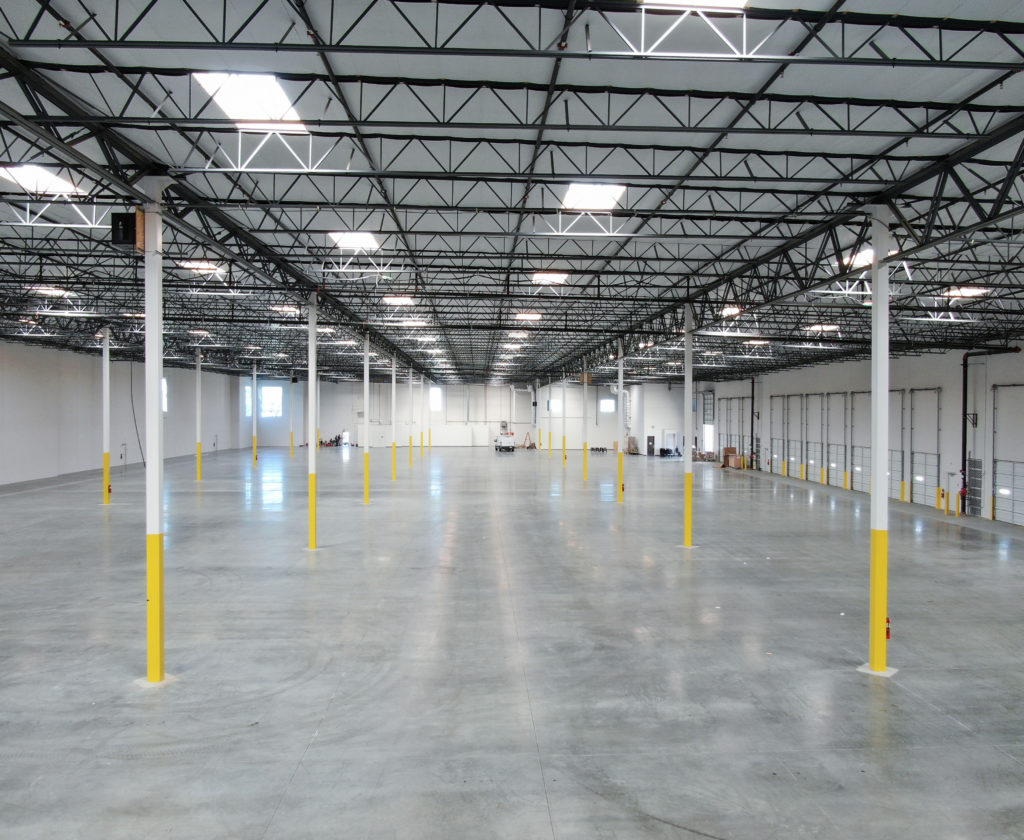
The new site will serve as headquarters and manufacturing facility for Relativity Space (Image: Relativity Space)
While 70th District Assemblymember Patrick O’Donnell said: “I am proud to welcome Relativity Space to our community and wish them success as they go higher, further and faster to the stars. The aerospace industry is undergoing an economic resurgence in Long Beach, providing the prospects of good-paying jobs and further opening up the bounds of space for research.”
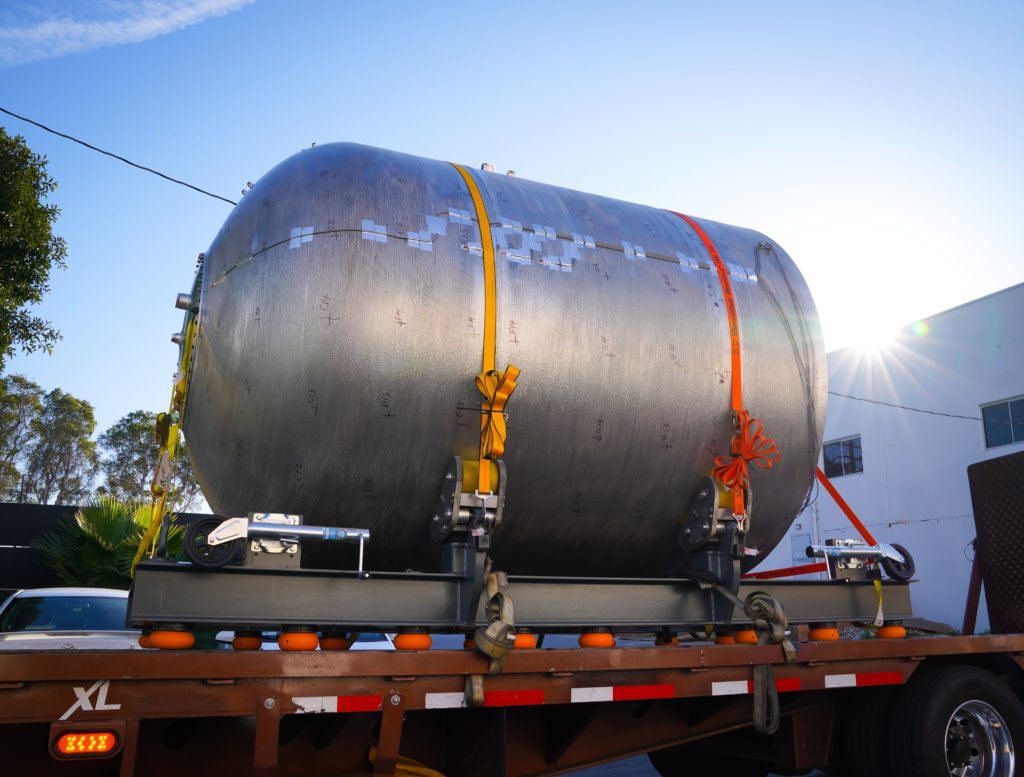
The Stage 2 Iron Bird, which will be the first additively manufactured tank to feed propellants to a rocket engine (Image: Relativity Space)
Relativity has already begun migrating staff to its new headquarters and is transitioning its patented additive manufacturing infrastructure as it builds out the first-ever mostly autonomous rocket factory. The factory will house all of the production for Terran 1, including the Aeon engine assembly, as well as integrated software, avionics, and materials development labs. The new facility enables the production of almost the entire Terran 1 rocket, including an enlarged fairing, now accommodating double the payload volume. The company claims that the combination of agile manufacturing and payload capacity makes Relativity the most competitive launch provider in its class, meeting the growing demands of an expanding satellite market.
The first stage of Terran 1 is powered by nine Aeon-1 engines, fueled by liquid oxygen (LOX) and methane; while the second stage is powered by a single restartable Aeon-1 Vacuum engine. Terran 1 will be able to carry a payload of 1250 kg to LEO, and 900 kg to a 500 km sun-synchronous orbit. The first test launch is planned for late 2020 at the Launch Complex 16 at Cape Canaveral.
The new headquarters and factory mark another milestone in Relativity’s steady execution towards its first launch. Relativity recently closed a $140 million funding round led by Bond and Tribe Capital and has already secured a launch site Right of Entry at Cape Canaveral Launch Complex 16, an exclusive-use Commercial Space Launch Act (CSLA) agreement for several NASA test sites, including the E4 Test Facility at the NASA Stennis Space Center, and a 20-year exclusive use lease for a 220,000 square feet factory also at the NASA Stennis Space Center.
This type of initiative broadens the range of opportunities and continues to build the fundamental basis of the future of aerospace exploration. Rockets, like Terran 1, could move forth more science, better technology, and advance research significantly. In 2019, we saw many payloads delivered to the International Space Station (ISS), all of them filled with scientific experiments, medical research and much more, and all of them aimed at improving human life on Earth and in space. With more payload, launch, and delivery options satellites, exploration and space stations could become much less expensive. Cost reduction through competition could make space a much more accessible place. Relativity Space is breaking ground with the technology, allowing its engineers to create what they can imagine, and with this new rocket facility, the startup could become a leading force in the industry.
The post Long Beach: The New Site for Relativity Space’s 3D Printed Rockets appeared first on 3DPrint.com | The Voice of 3D Printing / Additive Manufacturing.

